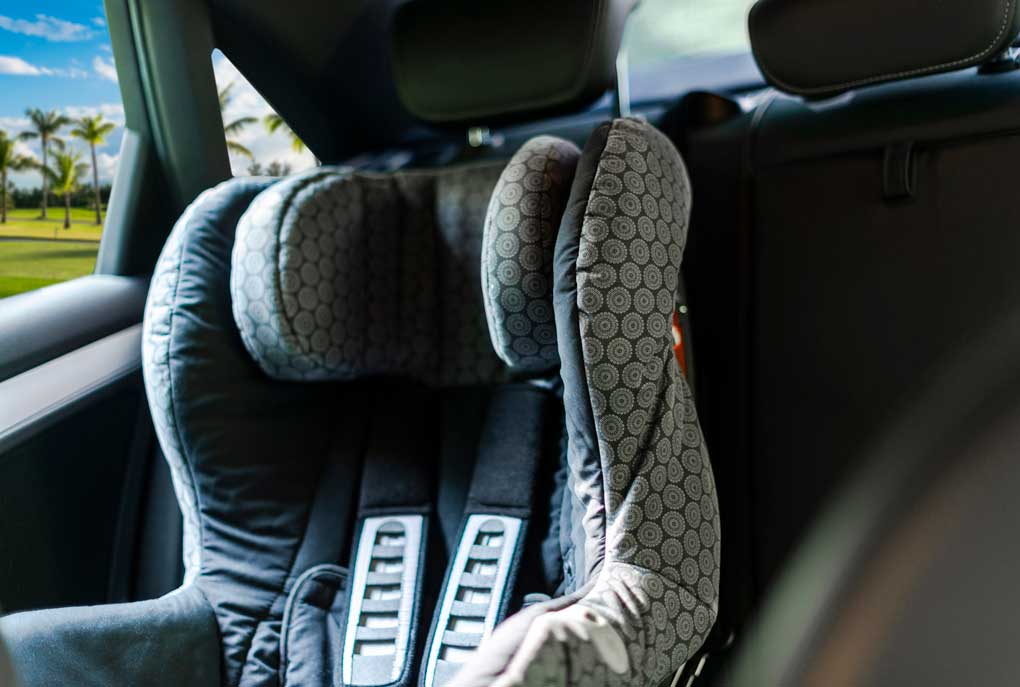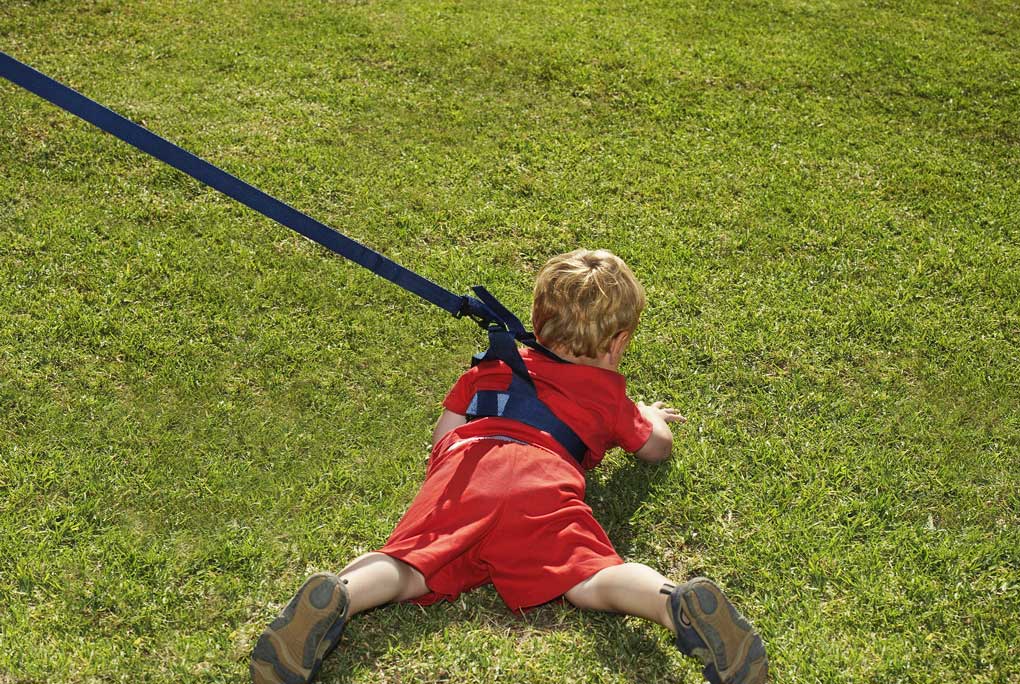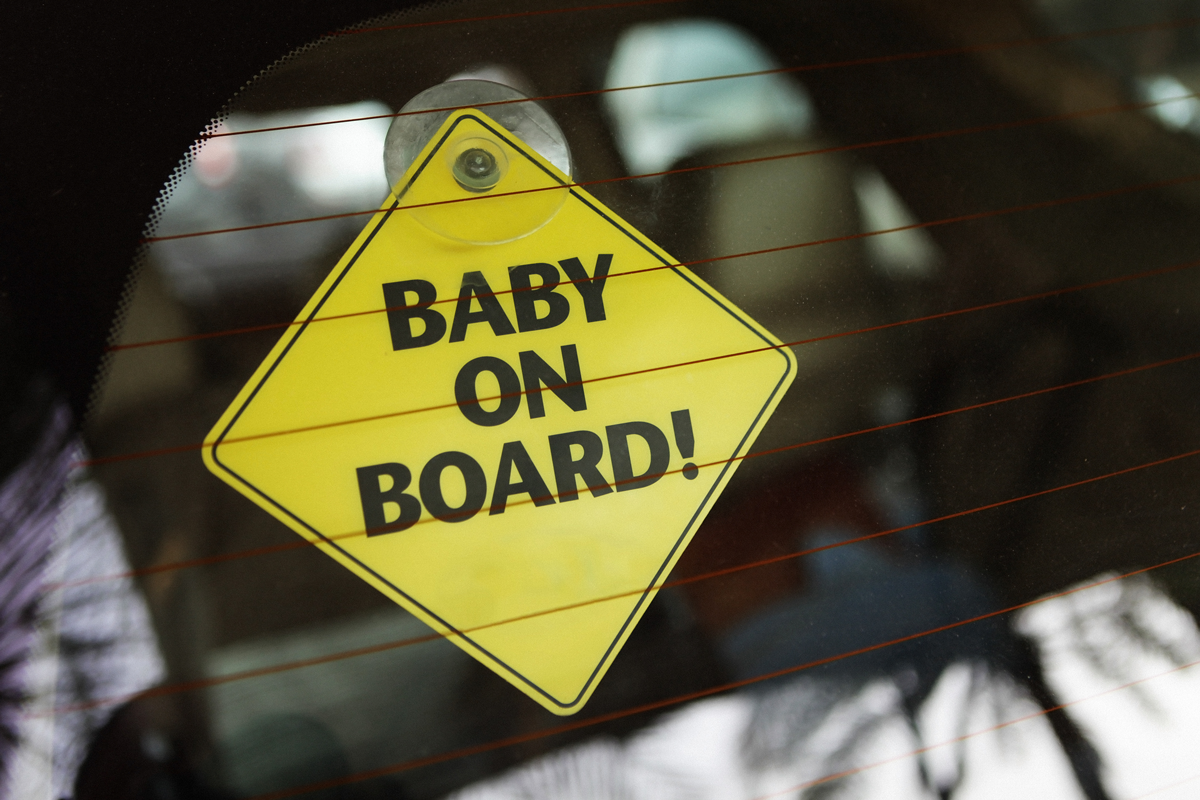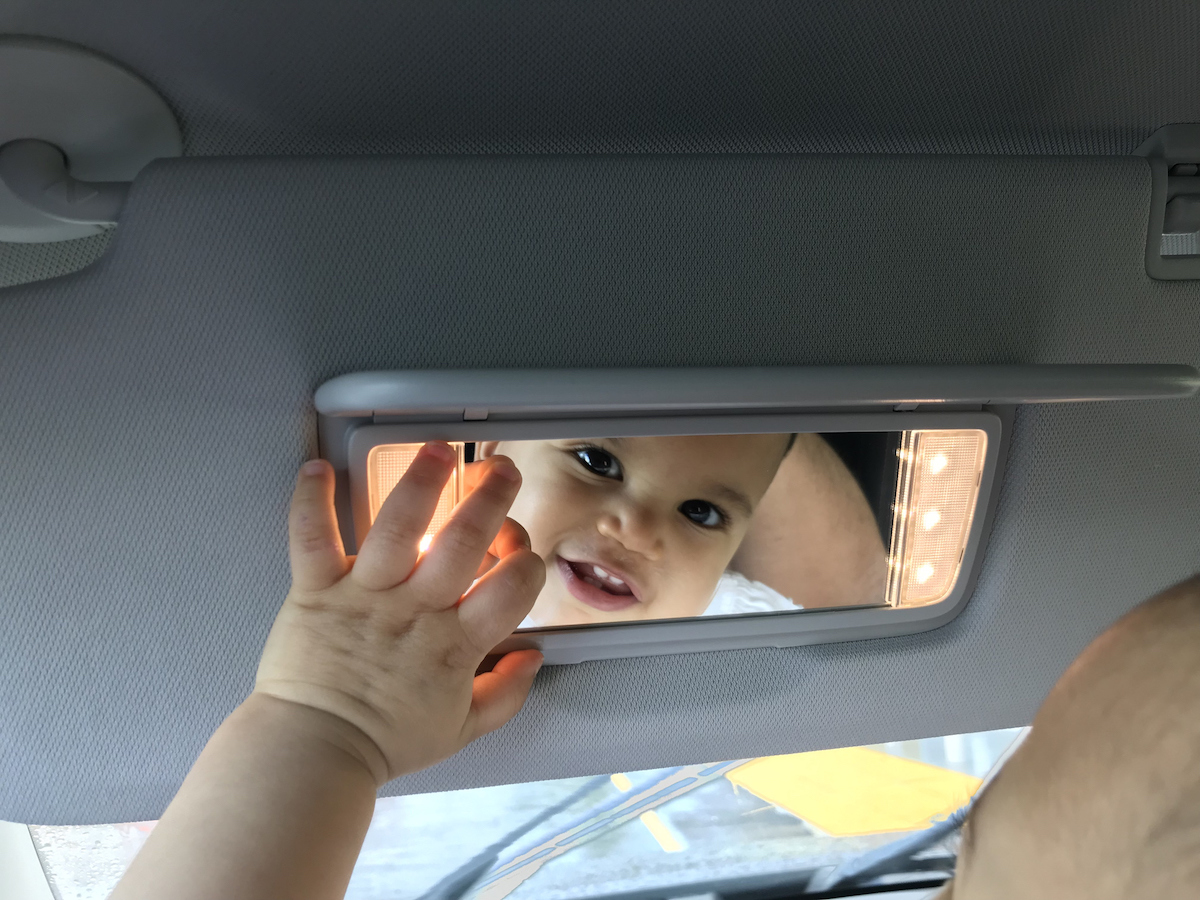Every month, thousands — maybe tens of thousands! — of academic papers are published in journals. From this set, you’ll see coverage in the media of perhaps … six? Maybe eight? It’s not that the rest have no influence. They drive further research, or clinical practice, but in the public we hear about only a small share. Usually coverage goes to the ones that seem like they’d generate the most clicks, because they are scary or surprising (or judgmental).
This is a shame because there are many articles that I think are useful for a broader audience. Here’s one of them.
Teenagers are worse drivers than adults, probably due to a combination of lack of experience and a frontal lobe that is only partially developed. Also, lack of sleep. It is of much policy interest, therefore, to lower crash risk in teen drivers. One step in that direction may be to figure out which teens are the highest risk.
This paper uses data from Ohio. In Ohio, when you get a driver’s license, you take a virtual driving assessment. This assessment can be used to evaluate, basically, whether you seem like a safe driver. People can be classified as having no issues, having minor issues like “jerky braking” and “mile control issues,” major issues like “poor control,” or major issues with dangerous behavior, which includes, among other things, being a “risky, no-control jackrabbit.”
The authors study almost 17,000 drivers under the age of 25 and relate their virtual driving group to their accident behavior. They find that those who were classified as having “no issues” were 10% less likely to get in accidents, and those who were classified as having major issues with dangerous behavior were 11% higher than the average.
Takeaway if you have a teen: try to make sure they are a good driver! Me, personally, I’m holding out hope that self-driving cars arrive before my 12-year-old gets behind the wheel (or before I have to teach her).


















Log in